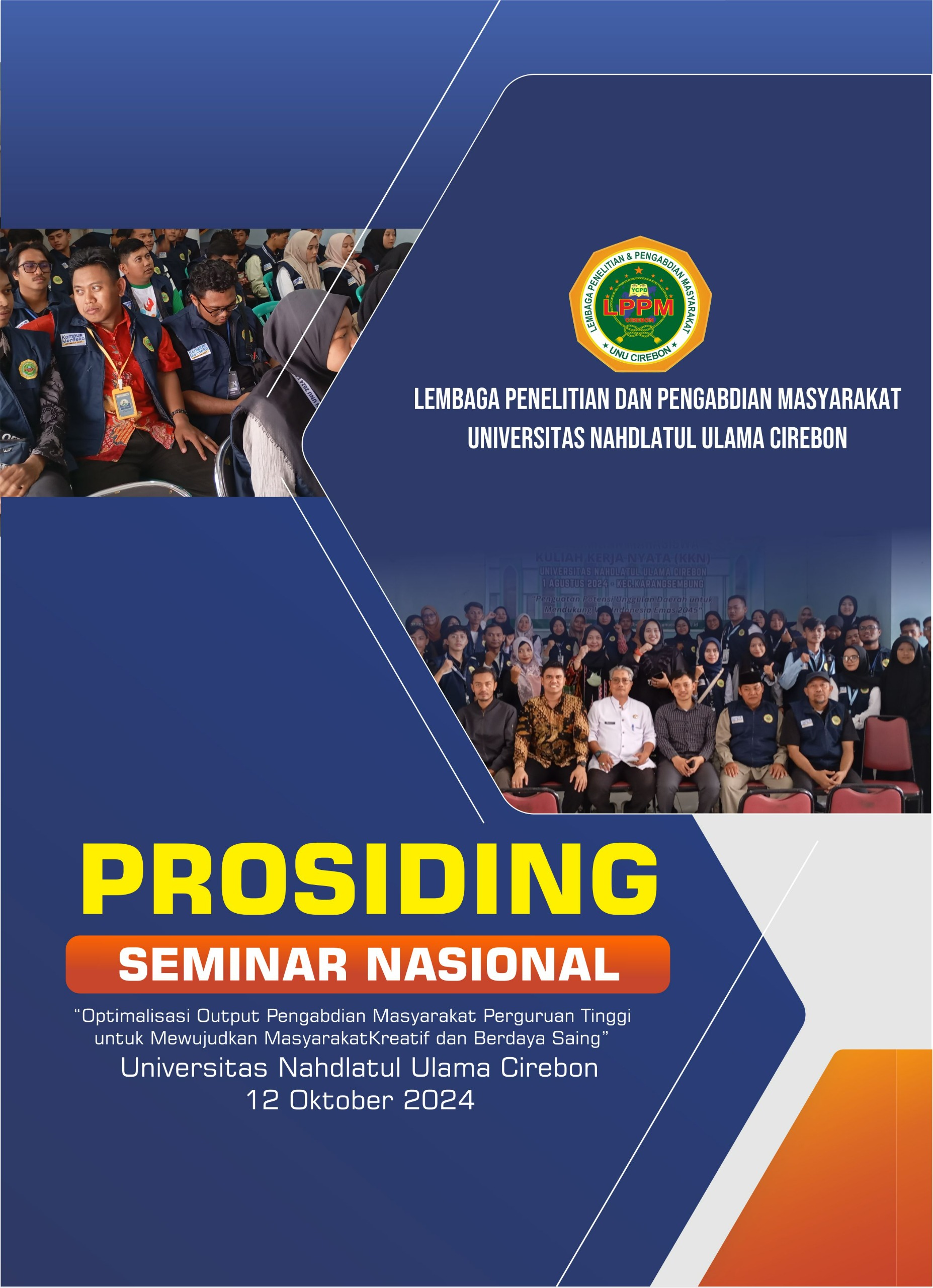RAMAMBU: Utilisation of Crustacean Shell Waste in Resolving Livestock Problems in Banyubiru Village, Pandeglang Regency, Banten
DOI:
https://doi.org/10.52188/psnpm.v4i-.941Keywords:
Chitosan, Crustaceans, Livestock, Society, TrainingAbstract
Banyubiru Village, Labuan District, Pandeglang Regency, has great livestock potential as an economic support and food supplier in Banten. However, traditional livestock conditions trigger smell and diseases in livestock. This social project service aims to provide dissemination of technology and innovation to produce odor-eater and antiseptic liquid products for livestock. This product is made from chitosan which is obtained by utilizing Crustacean shell waste, such as shrimp. This program is important considering that Crustacean shell waste is also a problem in Pandeglang Regency as a marine tourism area. The method used in this project is an active participatory method, involving a series of program socialization, production training, and product marketing training. The results showed an increase in participants' knowledge and skills about chitosan production and its role in solving problems in livestock. Society actively participated in a series of chitosan production training in several stages until it became a product with economic value. In addition, this program resulted in increased accessibility and product marketing with the support of universities and village governments so that it has the potential to become a sustainable industry




